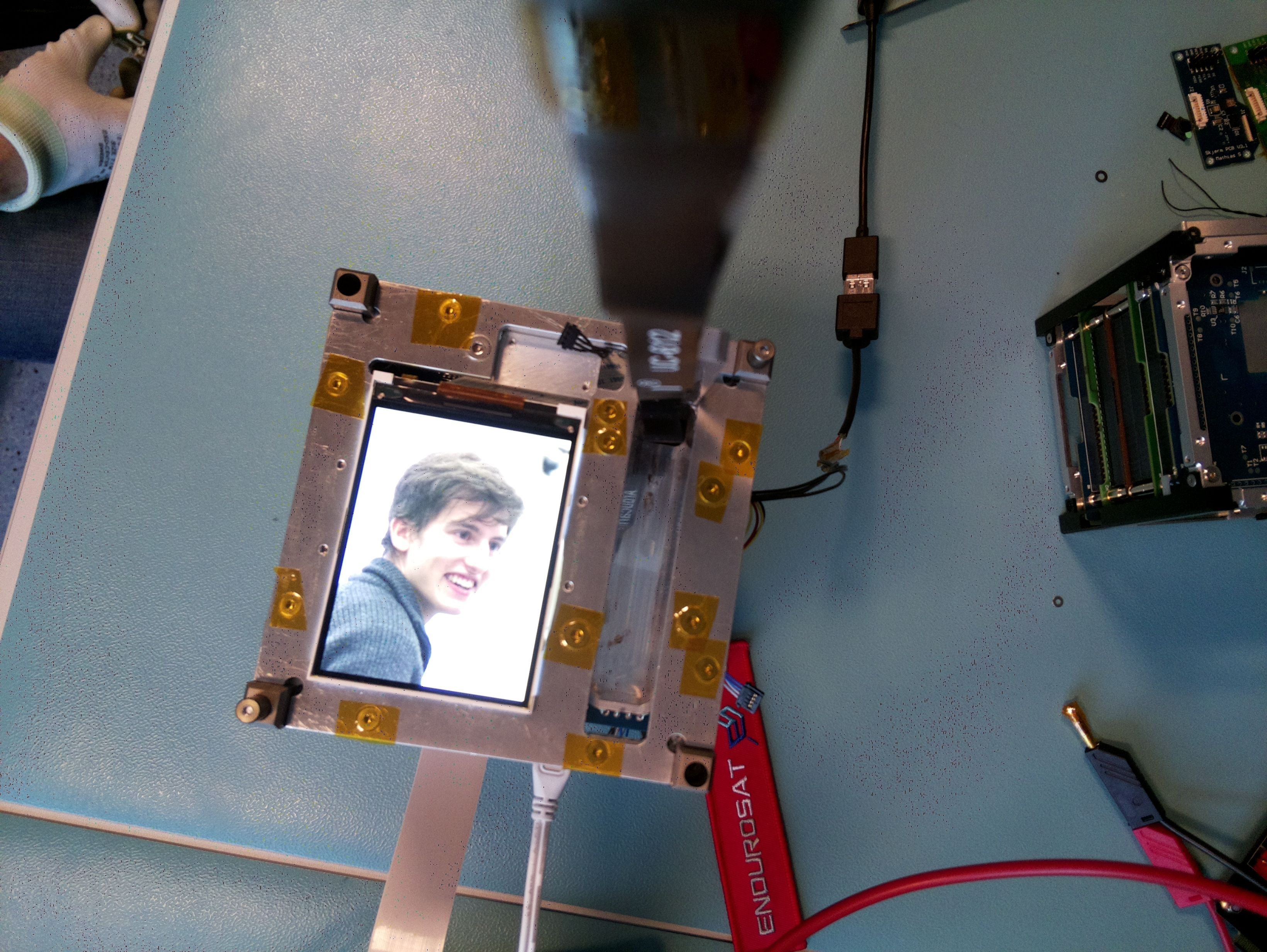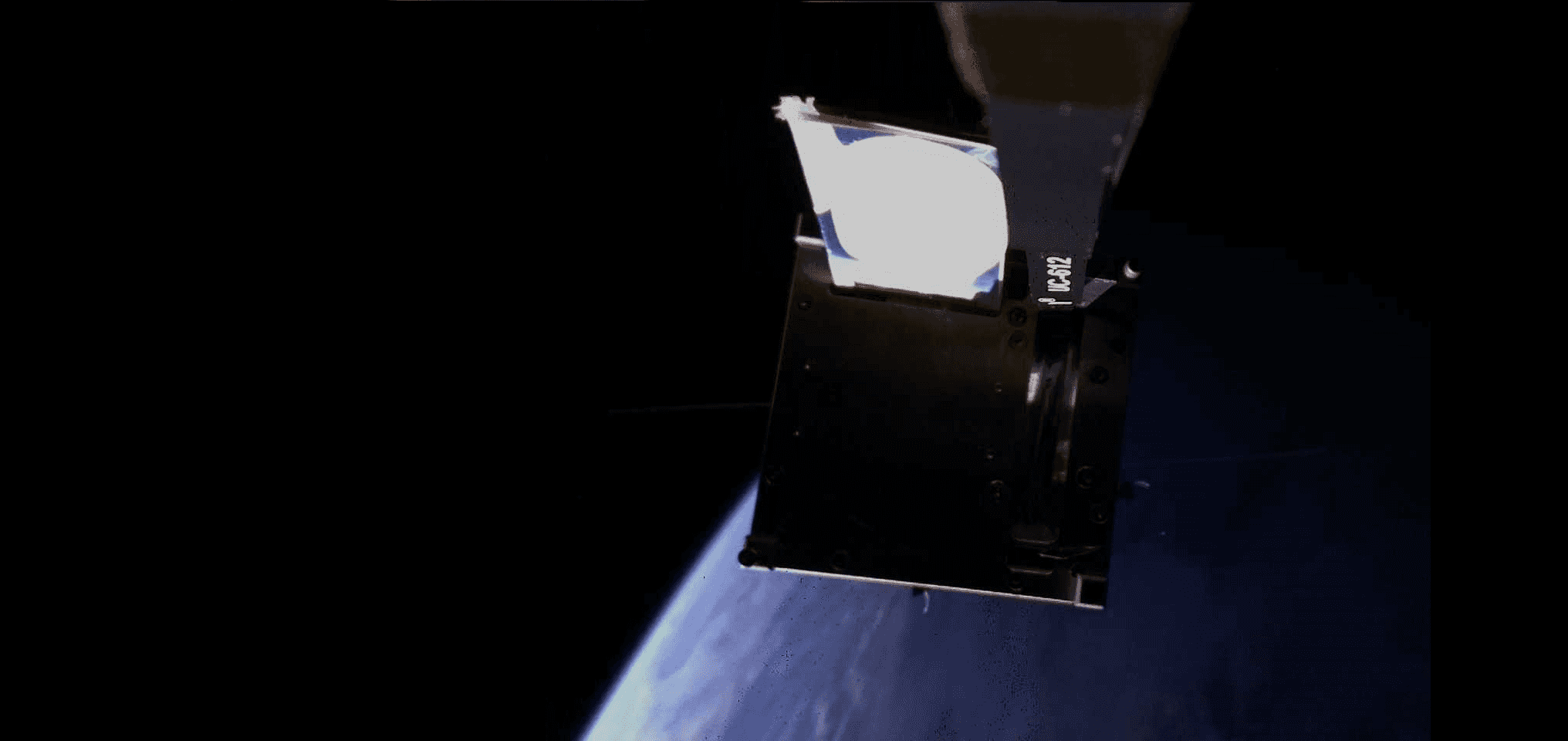
Orbit NTNU
SELFIESAT
Norway's first operational student satellite!
SINCE LAUNCH
SELFIESAT-1
SPECIFICATIONS
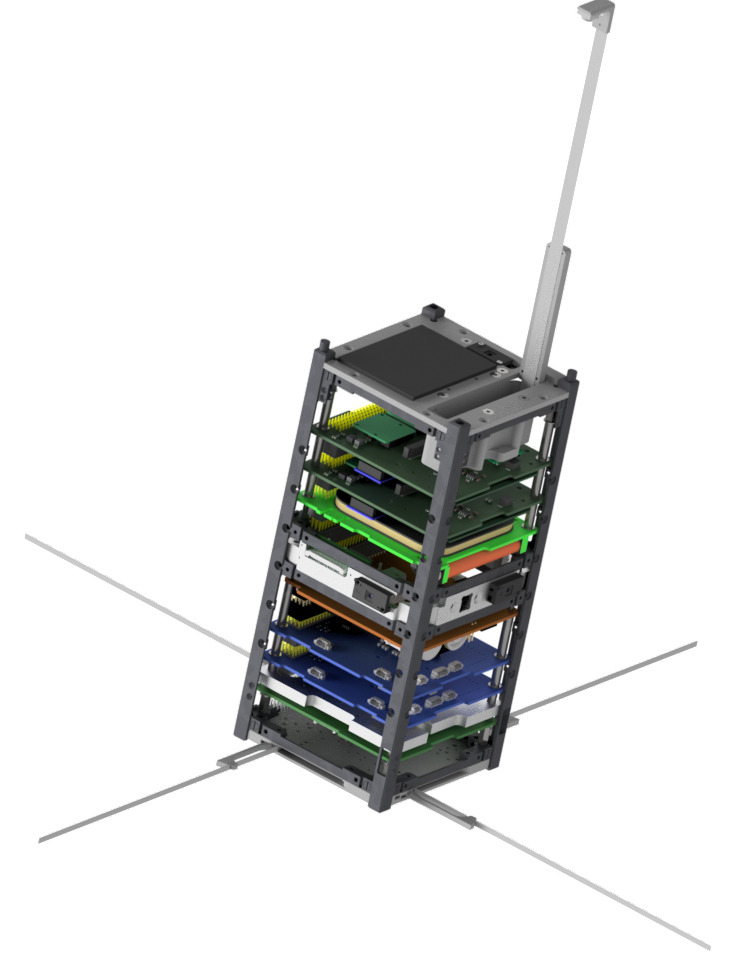
- STATUSDEORBITED
- WEIGHT1.8kg
- SIZE10x10x20cm
- ORBITSSO 540km
- CAMERAS4
- POWER1.2W
- BANDUHF
- FREQUENCY437.5MHz ± Doppler
- TELEMETRYAX.25
- MODULATION2-FSK
- BAUDRATE9600
- FRAMINGAX.25 G3RUH
- LAUNCH VEHICLESpaceX Falcon 9
- Data
Mission
SelfieSat, Norway’s first student-built satellite, was launched on May 25, 2022, on a SpaceX Falcon 9 as part of the Transporter 5 rideshare mission. Developed by over 100 students at Orbit NTNU, SelfieSat aimed to take the world’s first selfie from space using an external LCD screen and a camera mounted on an extendable arm to capture images with Earth in the background. The satellite successfully completed its mission, inspiring students and proving the accessibility of space technology.
SelfieSat began as Orbit NTNU’s pilot project in 2018, developed by over 100 students across multiple disciplines. The satellite served as a platform for hands-on learning, with students designing, building, and testing critical subsystems, including the in-house developed on-board computer (OBC), attitude determination and control system (ADCS), and the selfie module. After development and testing, SelfieSat was integrated onto the Momentus Vigoride transfer vehicle in Santa Clara, California, in March 2022. Its journey culminated with its launch in May 2022 and continued until September 6, 2024, when its final signal was received, completing a mission that exceeded all expectations.


Operations
SelfieSat was controlled from NTNU’s ground station at the Gløshaugen campus in Trondheim and KSAT's groundstation at Svalbard. The operations team managed satellite commands, monitored status, and the much-anticipated space selfies. Over its operational period, SelfieSat transmitted 118 complete space selfies and many partial images.
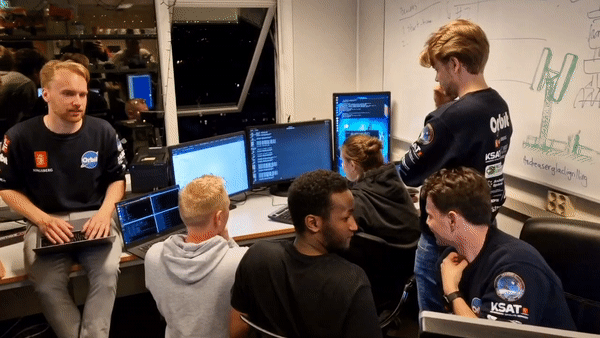
SelfieSat’s mission marked several significant achievements: capturing 118 complete space selfies, demonstrating the feasibility of student-led space missions, and breaking new ground as Norway’s first operational student satellite. It served as a proof of concept for small satellite capabilities and engaged the public by inviting people to upload their images to be displayed and photographed in space. Beyond its technical success, the project inspired a spirit of collaboration, creativity, and perseverance among the participating students, leaving a lasting legacy in Norway’s space industry.
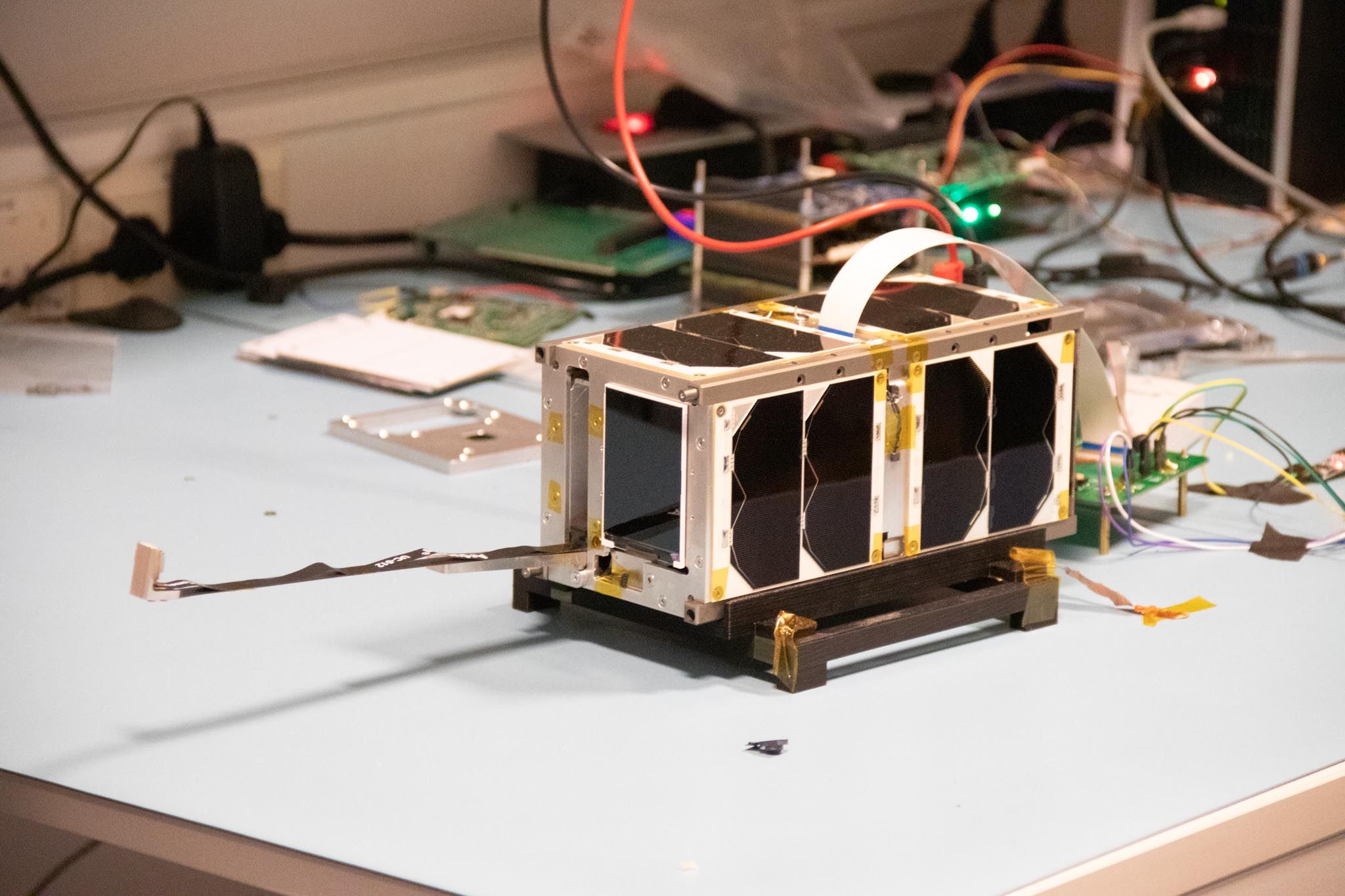
Looking Ahead
The successful mission of SelfieSat has paved the way for future projects by Orbit NTNU. Building on the experience and lessons learned, the team is already planning new, more ambitious missions that aim to further push the boundaries of what student-led initiatives can achieve in space exploration. The next steps will involve designing satellites with more advanced capabilities and tackling even greater challenges, all while continuing to inspire and involve students in the exciting field of space technology.

